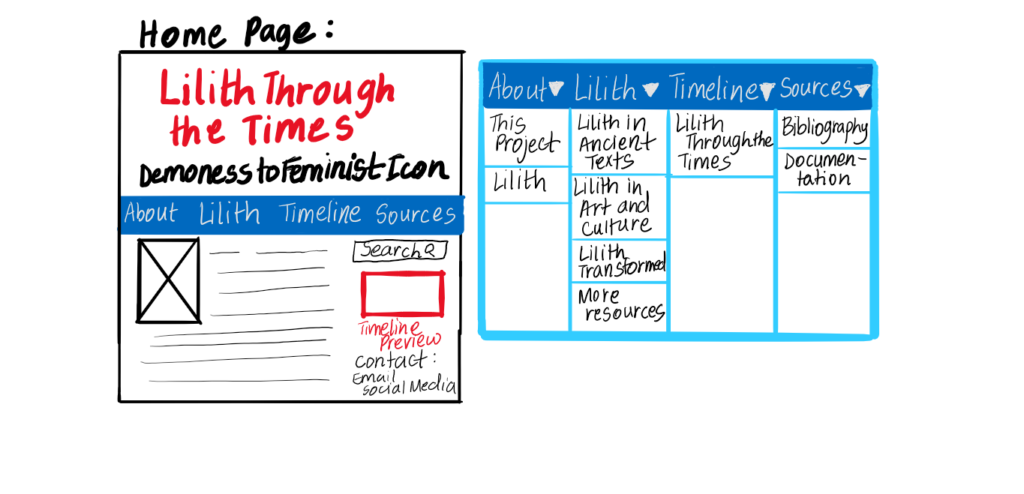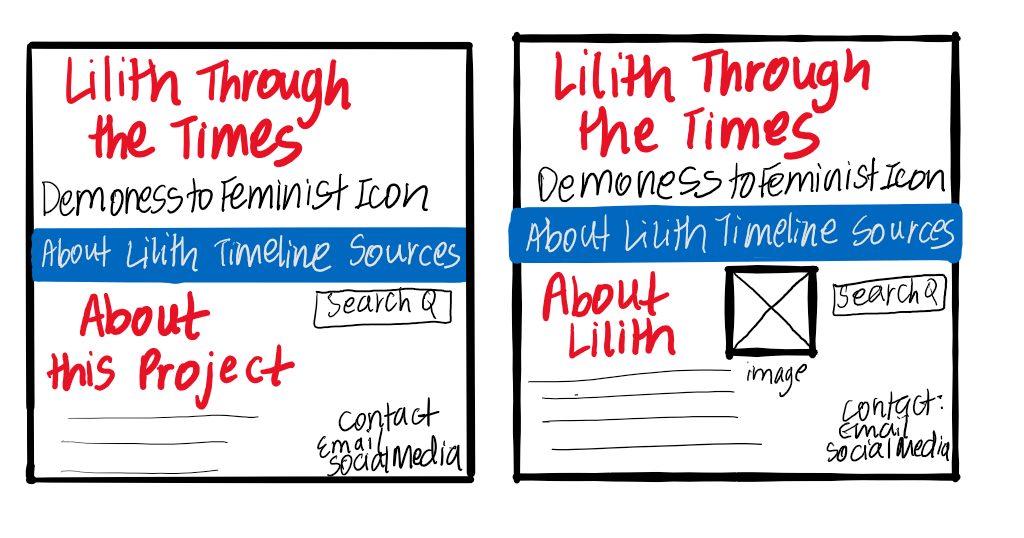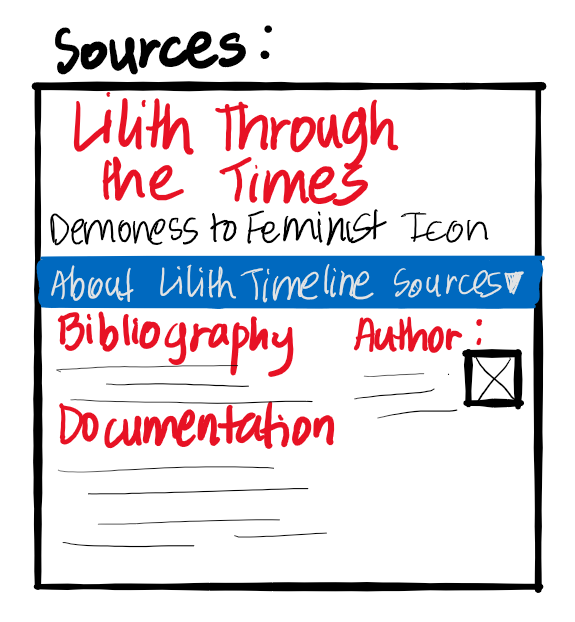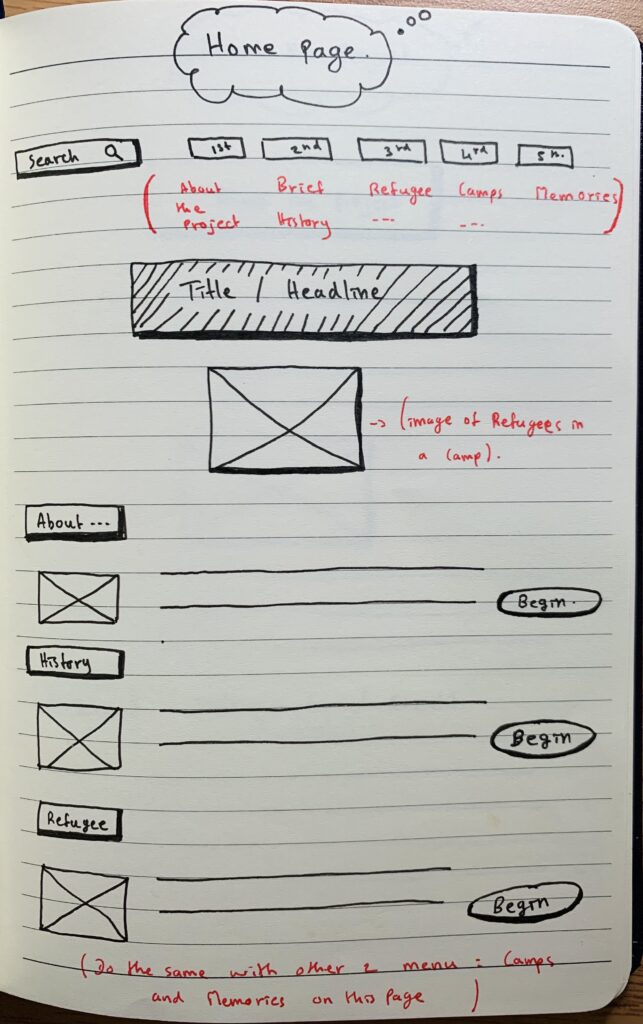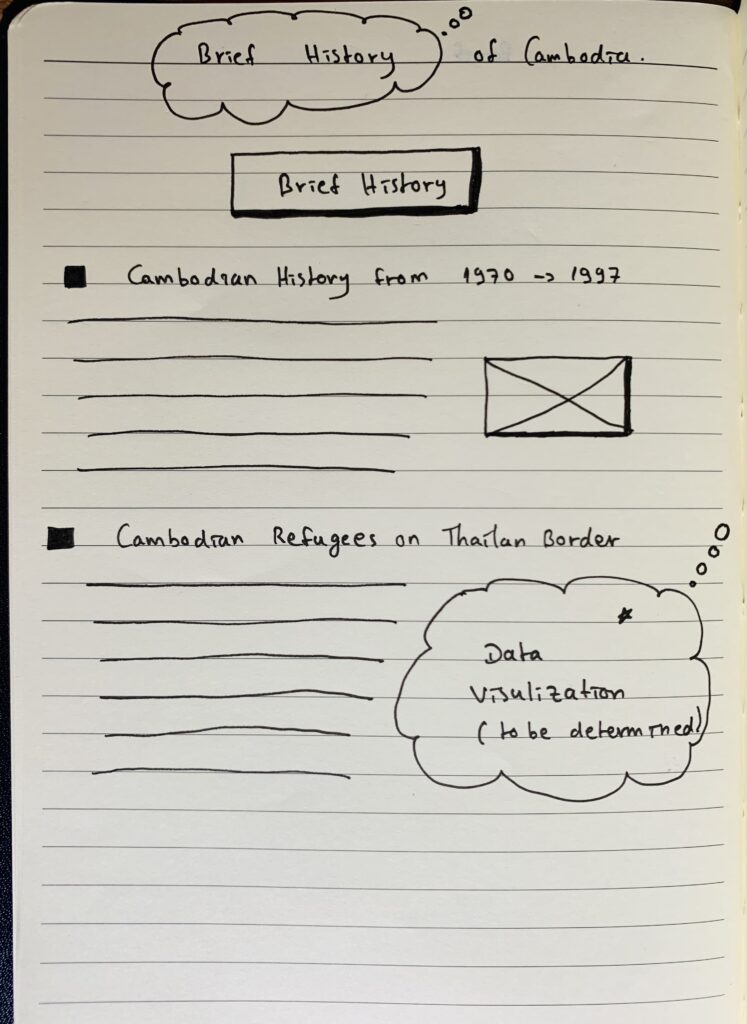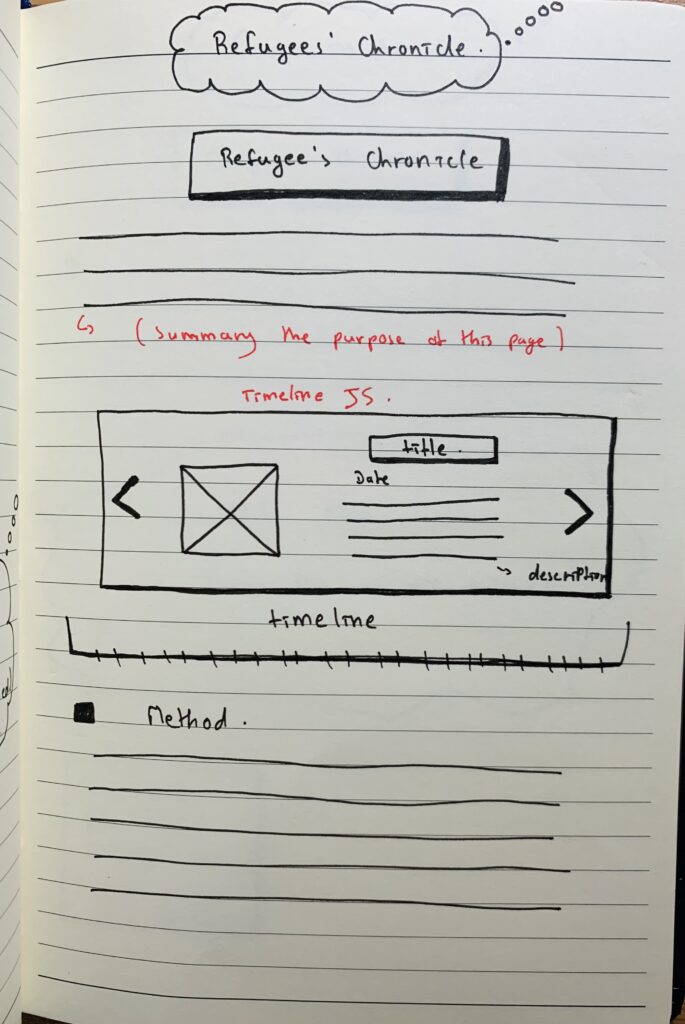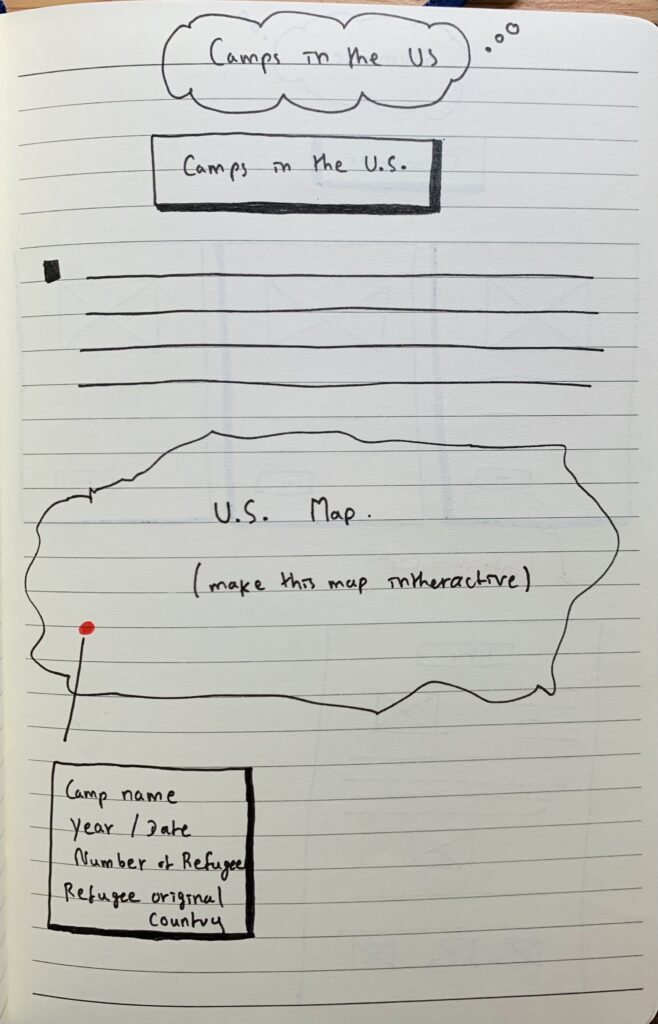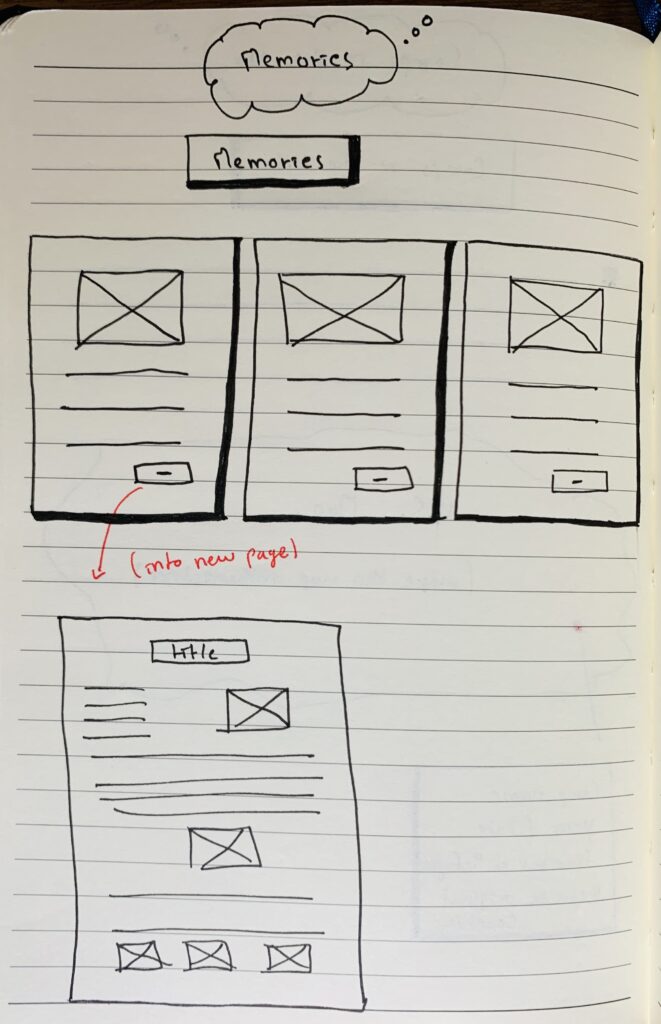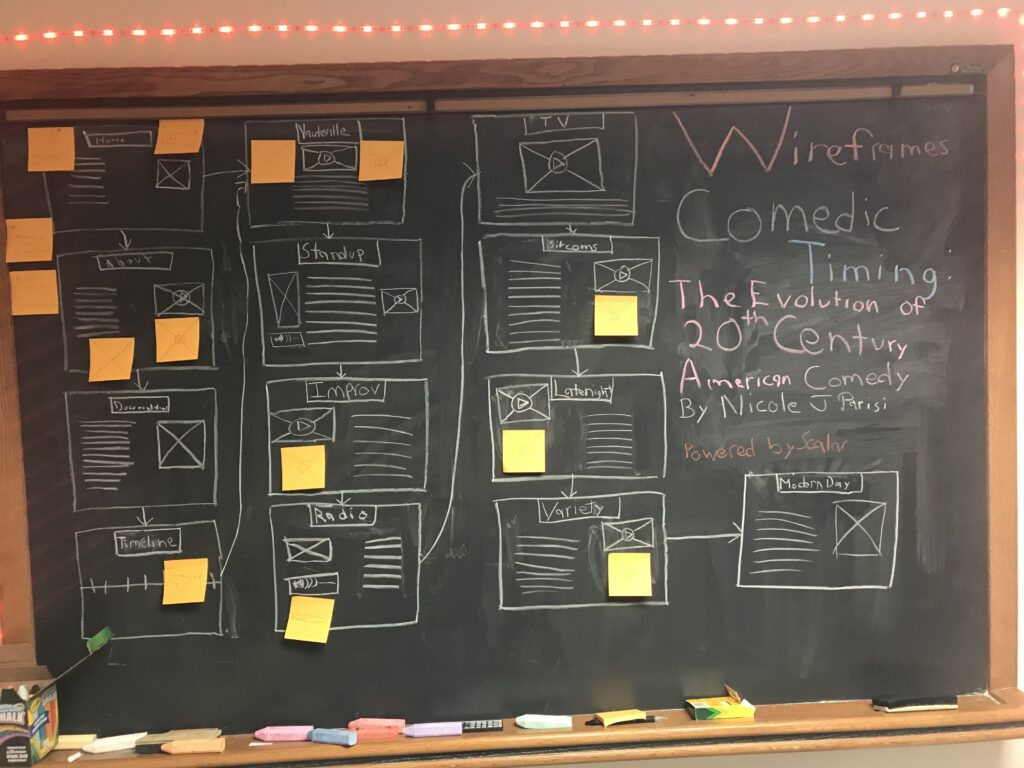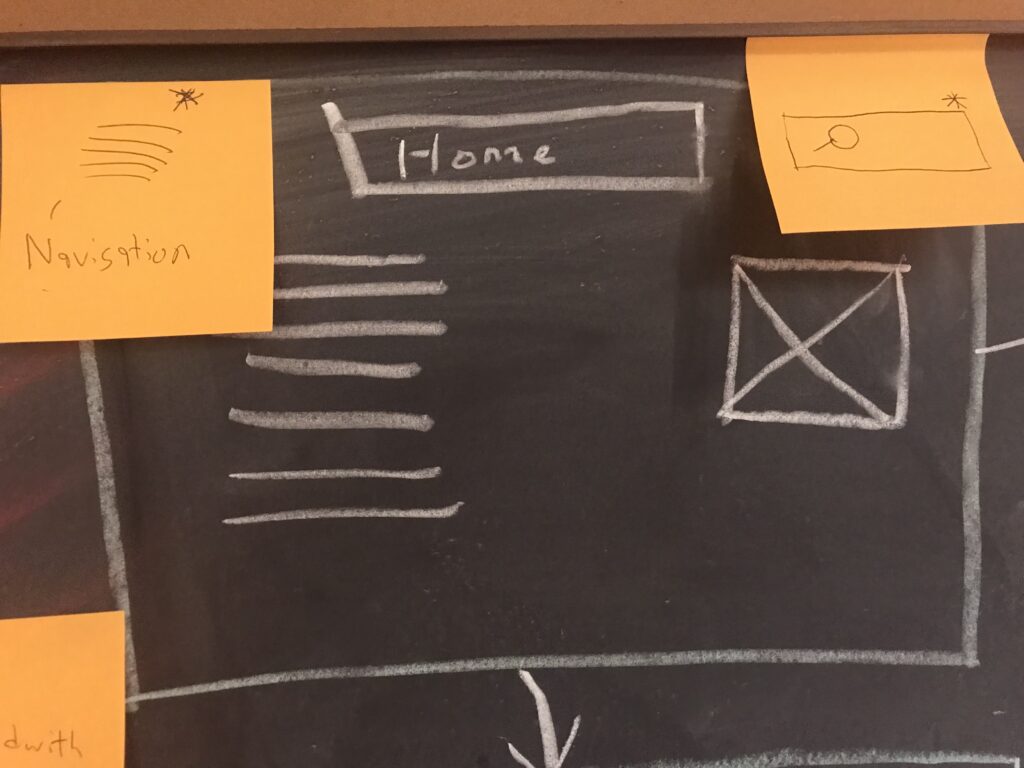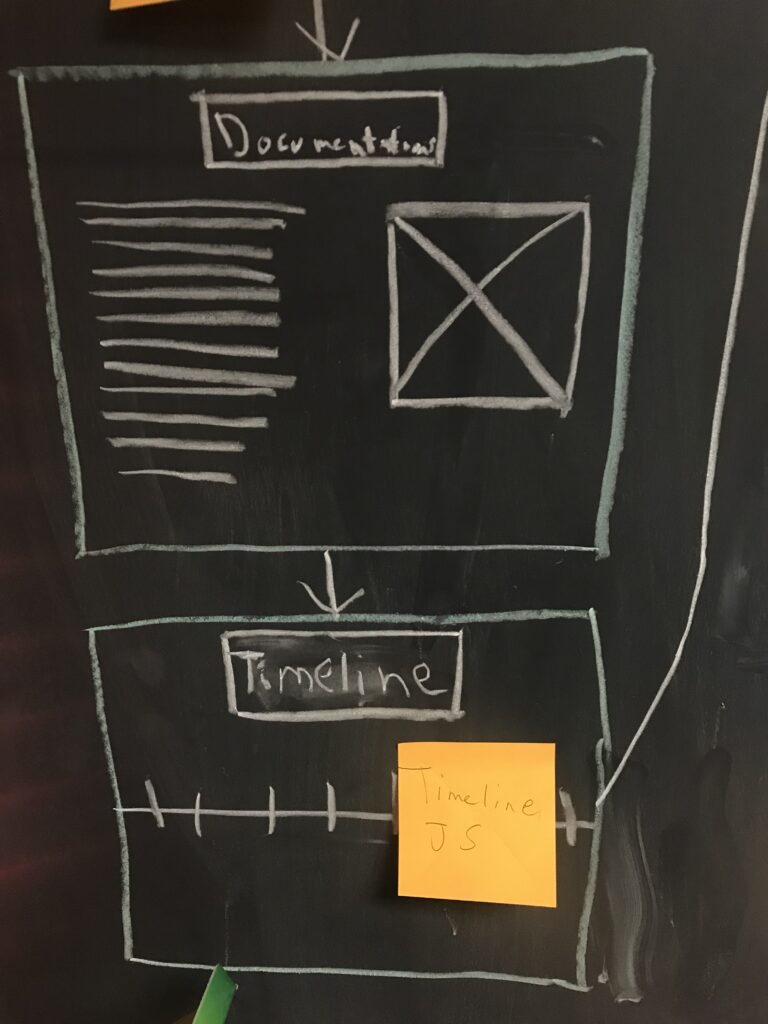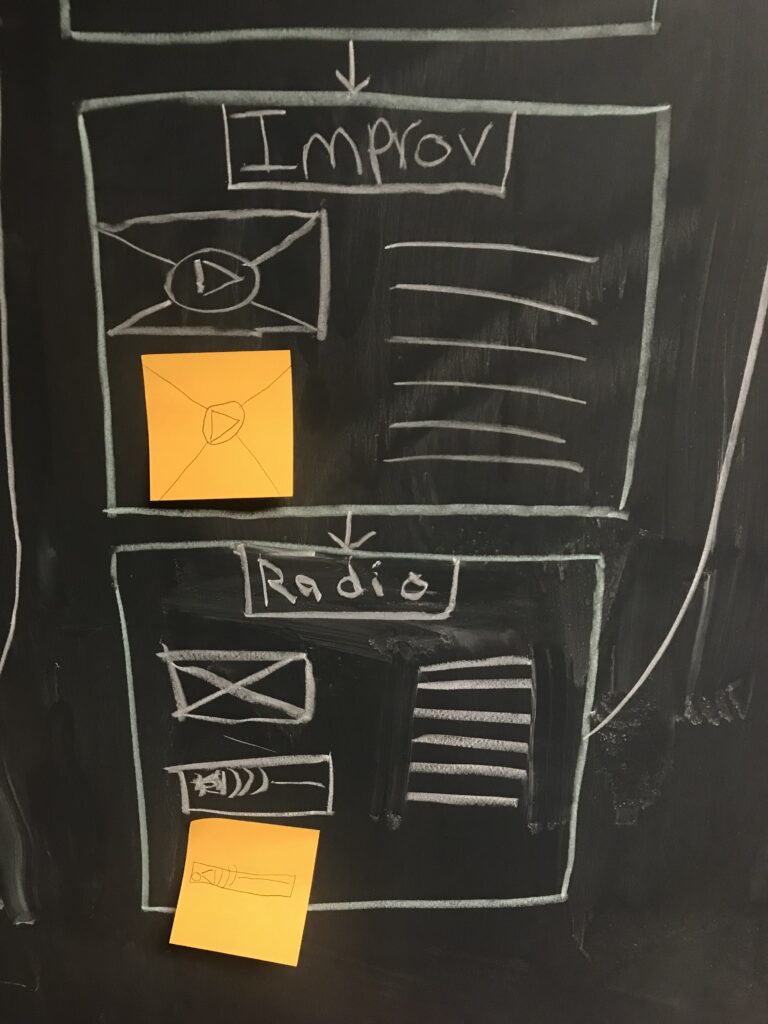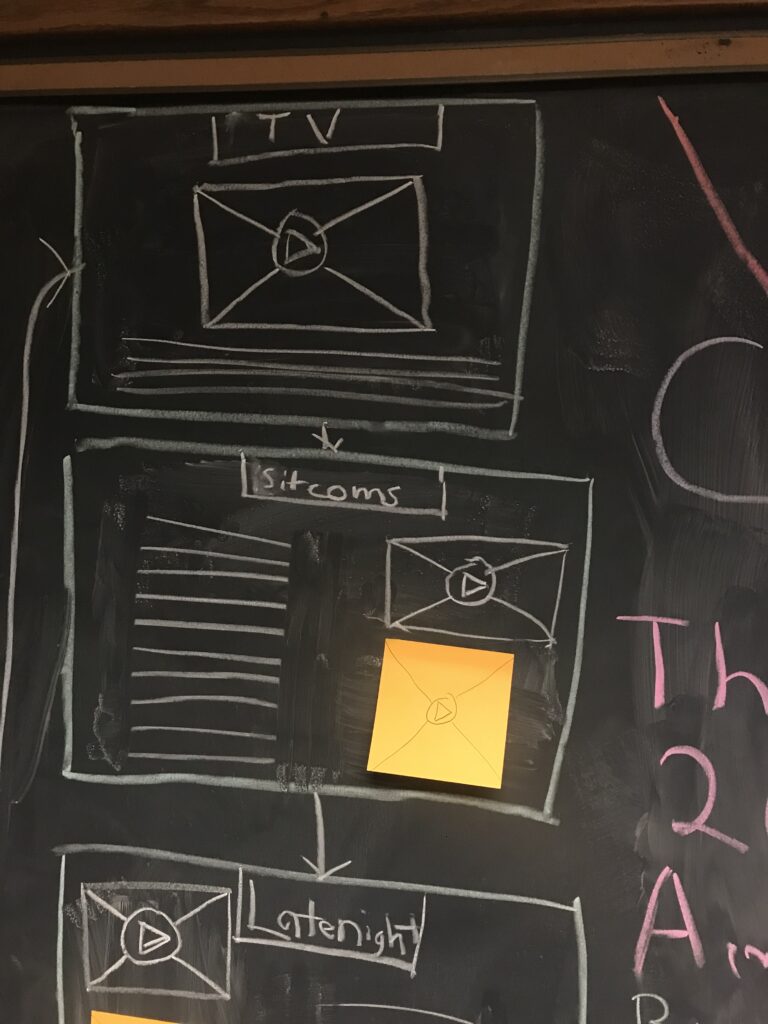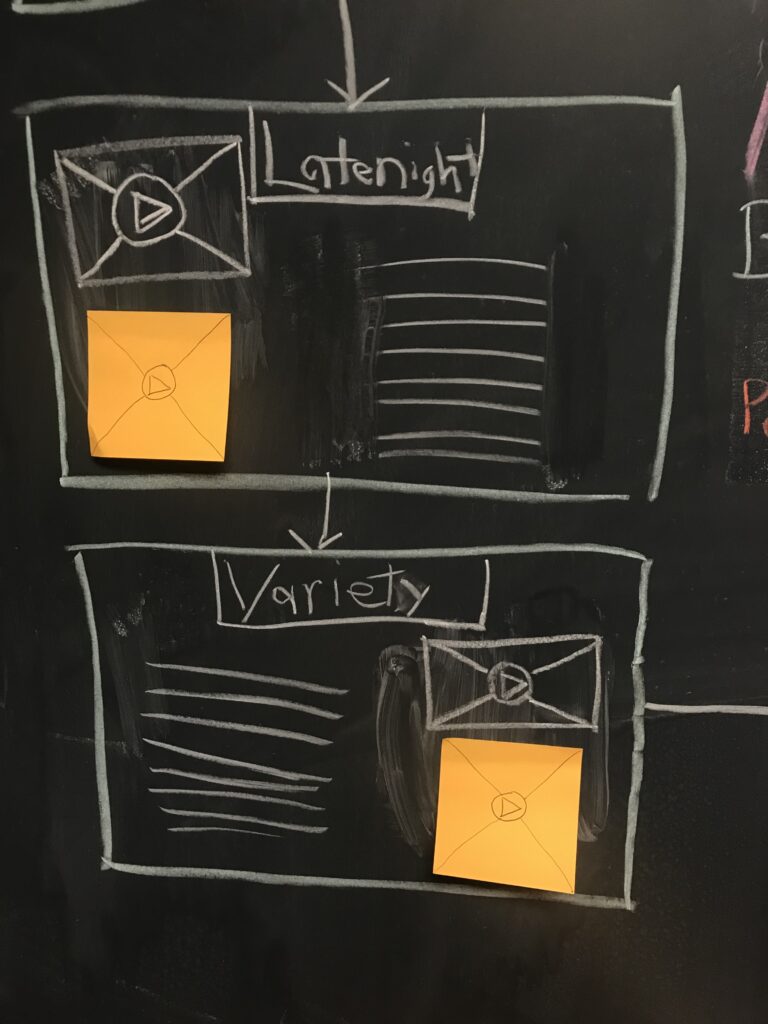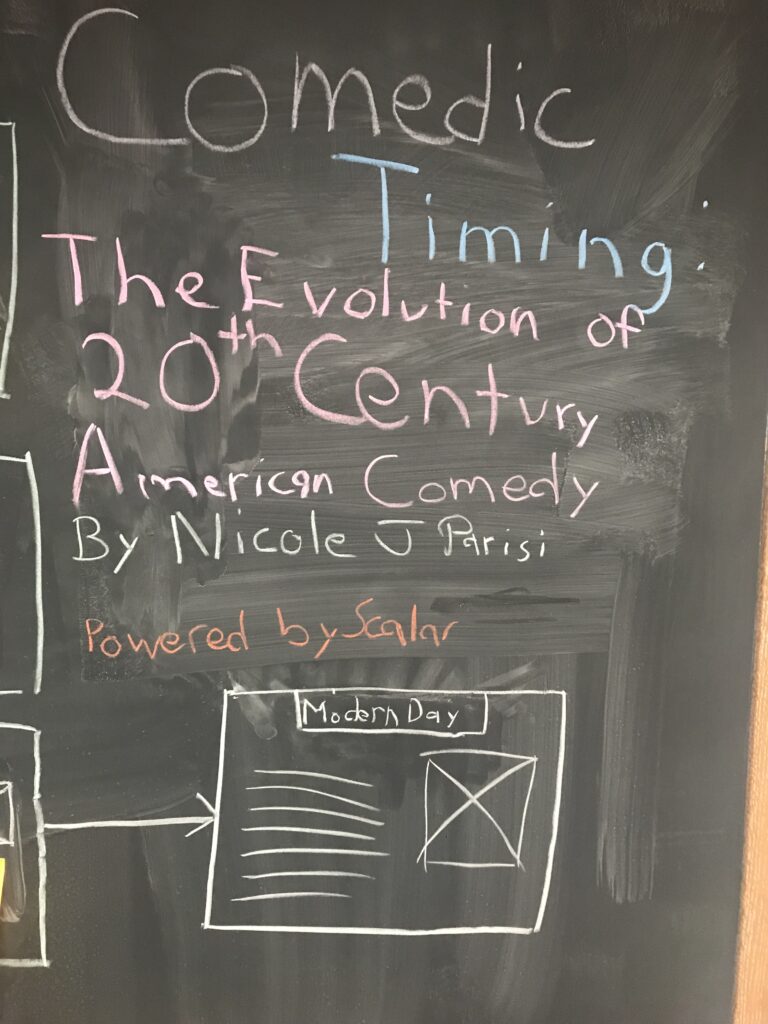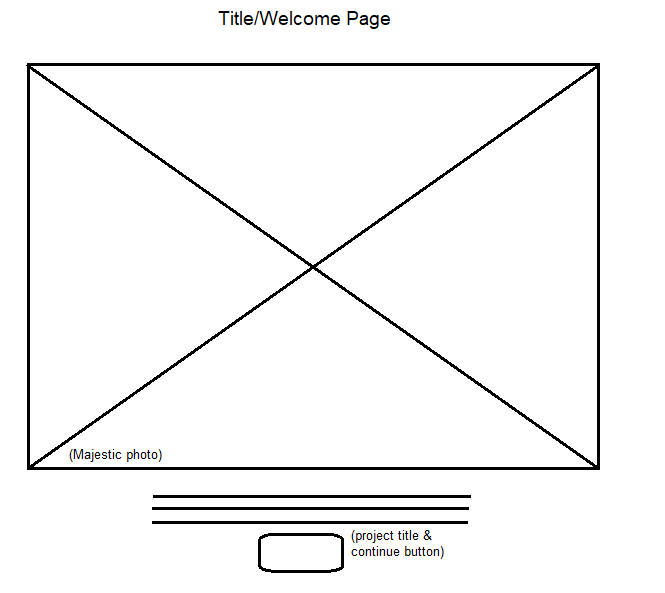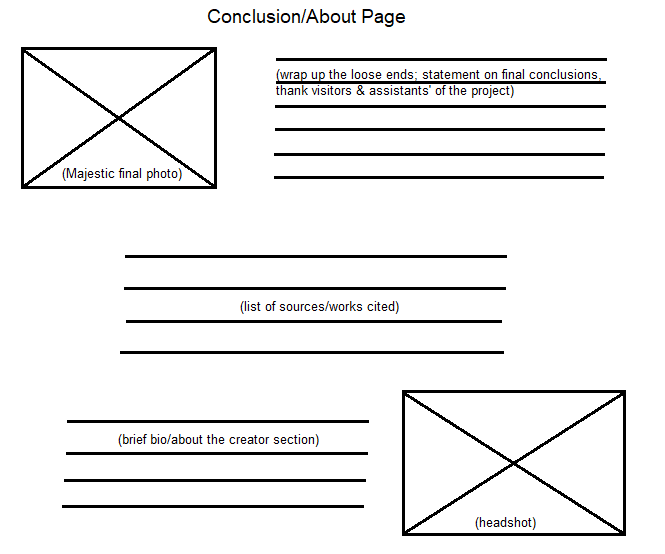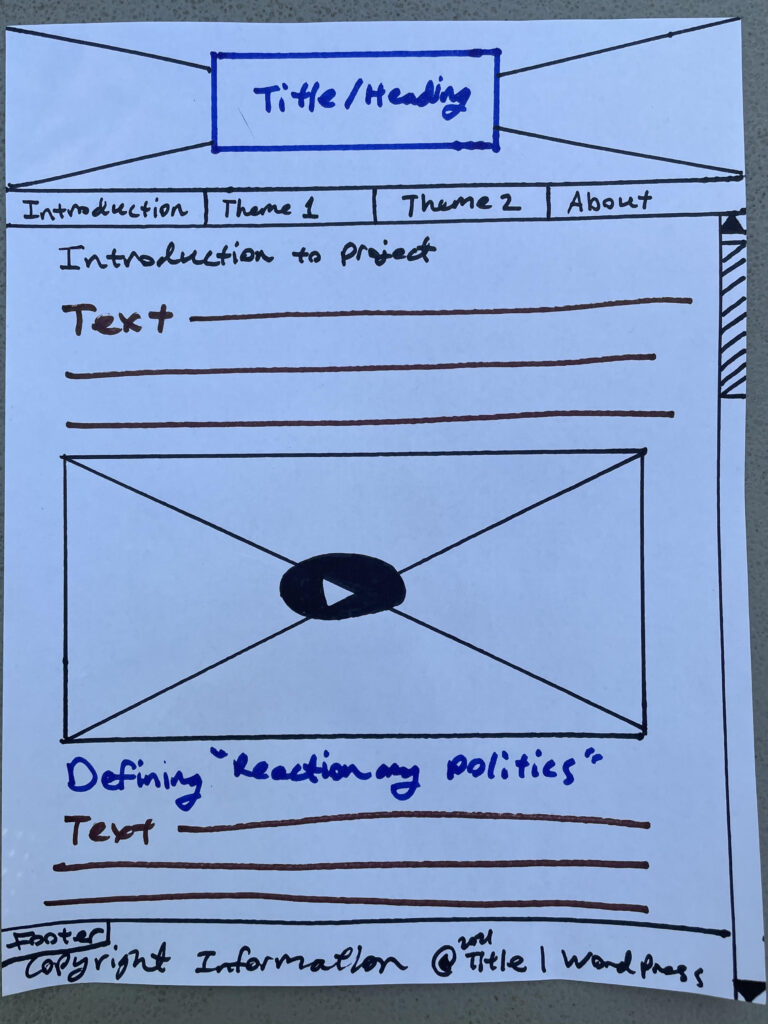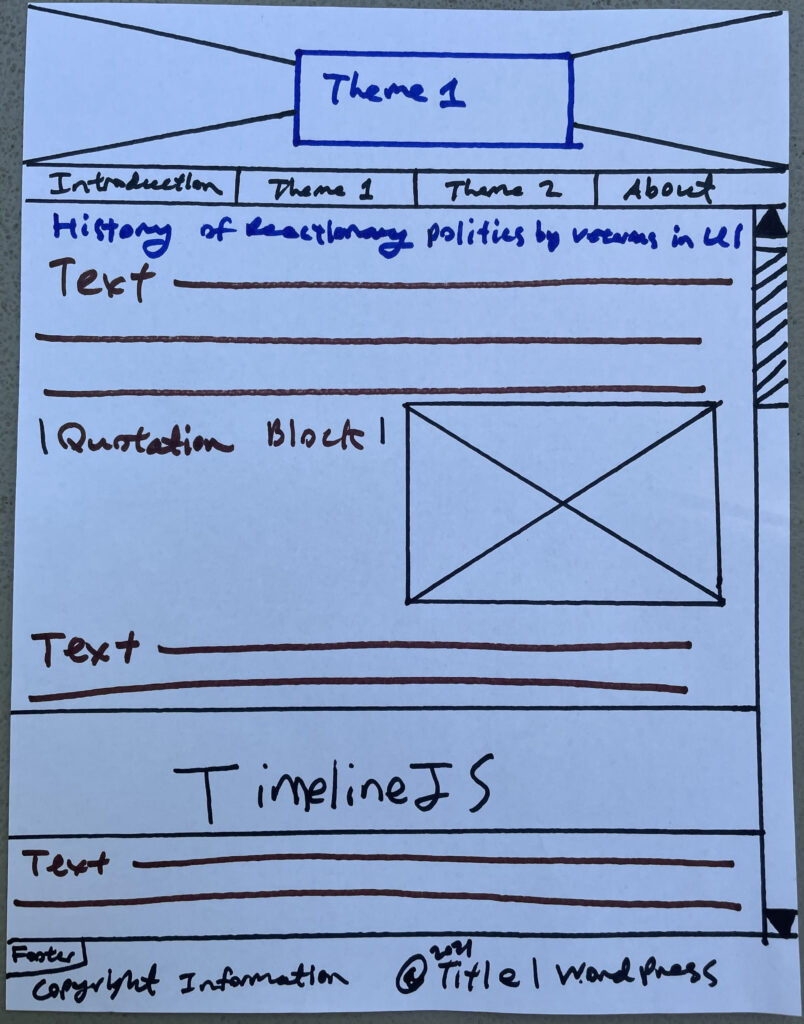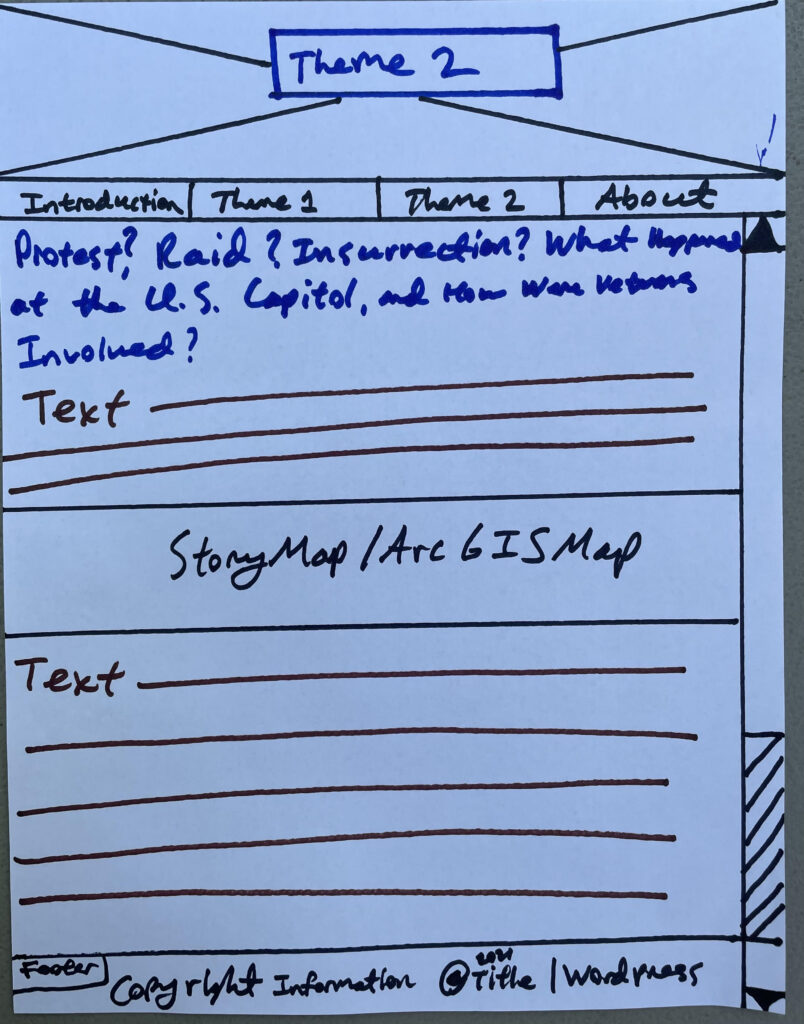It is incredible to realize that we’ve finished 3 out of 8 weeks for DSSF21 already. On one hand, due to the sheer amount that we have learned – from programs and virtual tools to tips on data visualization and copyright laws – it feels like we’ve been working for much longer than three weeks! However, on the other hand, since every day has been chock-full of information, it’s gone by more quickly than I ever anticipated.
Admittedly, a good chunk of the time has been spent working as a cohort on our microproject. Working on the Albert Chance Collection in Musselman Library’s Special Collections has honestly been a privilege, as well as a fun experience overall.
Before I dig deeper into this experience, I’m going to list the Digital Humanities values (as outlined in a book chapter by Lisa Spiro, called “This is Why We Fight: Defining the Values of the Digital Humanities“):
-Openness
-Collaboration
-Collegiality and connectedness
-Diversity
-Experimentation
I have found that much of the experience has fallen under various combinations of multiple of the aforementioned values; as an example, our first steps into the DH world have taken a huge mixture of both experimentation and openness, especially because this microproject is our first attempt to use many of the tools we’ve been taught.
I am immediately struck by a couple overall takeaways in regards to the experience working together on the microproject; first and foremost, I would point out the flexibility that this collaboration has required. From the very first week, when we were still standing on baby-legs and hadn’t even determined the overall narrative structure for the project – the story we wanted to tell – we had to work out the best ways for open and consistent communication.
With half the cohort off-campus (3 students), and the other half on-campus (3 students), plus members in completely different time-zones, it took a lot of flexibility on everyone’s part in determining how this project would be developed and shaped. I was – and am – proud of the work we accomplished since then, and the responsibility that each member has adopted for their tasks.
In addition, I am also encouraged by the encouragement and support – collegiality and connectedness – that we have consistently received from the wonderful library team. Every step of the way we had a support system to help, from digitizing some extra Albert Chance content that we discovered in Special Collections to fixing HTML bugs in the sometimes-wacky WordPress.
These experiences working on the microproject have given me valuable insight and practice for my own personal project. I have been able to engage with programs and practice with them, which will make it easier when I use them later. I’ve also gleaned experience in receiving feedback and responding to constructive criticism in positive ways.
Overall, I feel confident and ready to tackle my own project, thanks to the library team, my cohort, and how we’ve embraced the DH values in all our work together.
Cheers,
Carlee
